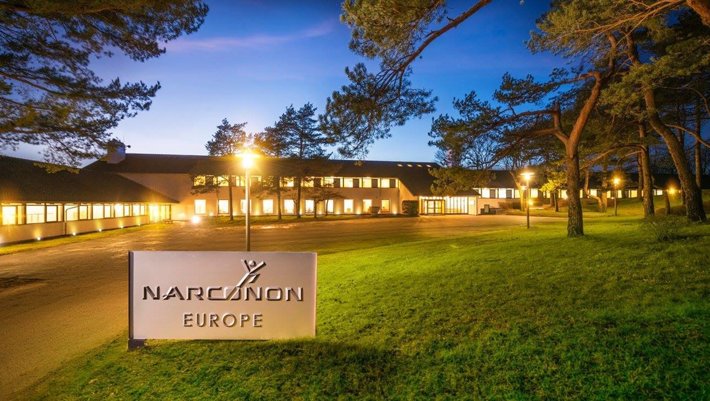Narconon — Fifty Years of
Effective Rehabilitation!
Drug Treatment History

Forty-five years ago, the drug and alcohol rehab services in America and certainly in most other first-world countries were far from any type of service that cured or even profoundly helped those who were addicted to alcohol and other drugs.
In those days, even before the government declared a “War on Drugs,” most people that had a severe addiction were thought of as having a mental disorder and were sent into treatment by the psychiatric community. The majority of residential or inpatient placements were housed in psychiatric wings in community medical-surgical hospitals or severe cases were admitted to mental hospitals, usually government run and funded.
In the late 1950s, there were caring people who began developing approaches to alcohol and drug treatment. These early programs were based on institutionalizing practices that had been somewhat successful in handling a person’s addiction, but they were not looking at approaches that addressed the causes of addiction across all individuals and for all substances. An alcoholic who had stayed clean using the support of Alcoholic’s Anonymous (AA) might support the 12-step approach to rehabilitate addicts and alcoholics, even though the founders of Alcoholic’s Anonymous clearly state that their approach is not to be institutionalized. AA’s founders intended their program to be one drunk keeping another drunk sober through communication, dedication, and service to others. The 12-step approach is based on the idea that addiction is a chronic and progressive disease and therefore there isn’t a cure.
Every program that was developing at this early stage was looking at the behaviors, mostly psychological, and developing programs to address those behaviors, rather than investigating why drug addicts had these similar and destructive patterns of behaviors. Because of this orientation, it was only natural that addicts and alcoholics were being described as having a disease that had certain predictable and repeatable symptoms. No one made the assumption that addicts are normal people that are being affected by external substance that cause these problems and if you removed the problematic agents, drugs, you would reclaim many of the lost abilities of these impaired people.
The idea that addiction is an incurable disease is a mindset that keeps many people from believing that they are responsible for what they did when they were impaired by alcohol or drugs and it gives them the idea that they my relapse at any time since this disease cannot be controlled.
Drug Treatment Today

Narconon started with a different premise. Narconon believes that addicts and alcoholics are, indeed, incapable of doing well in life, but instead of labeling them with a disease, we recognize that even after someone quits using alcohol and other drugs, they still exhibit the behaviors of someone who is toxic. Narconon works on the premise that many of the chemicals do not leave the body, but are lodged in the fatty tissues in an attempt to protect the body and its various organs from these toxins. When someone has a body-burden of alcohol or drug metabolites, they are subject to being influenced by the effects of these substances being released into the blood, which then influences the mind by recreating a drug-related effect or pressure to consume more of the drug or alcohol. This can easily be misunderstood as proving that the toxic person has a chronic disease, showing behaviors that always seem different that those who have never taken or been addicted to alcohol or other drugs.

Narconon utilizes a way to remove these substances from the body. When this is done, often the person feels better, thinks more clearly and is no longer subject to the internal, chemically induced pressure to return to drug or alcohol use. This means that this process, the New Life Detoxification, actually restores or rehabilitates the addict or alcoholic’s intrinsic abilities. The Narconon program doesn’t give the addict or alcoholic reasons why they are not normal or ever will be, but works to achieve what the definition of rehabilitation suggest: “The process of restoration of skills by a person who has had an illness or injury so as to regain maximum self-sufficiency and function in a normal or as near normal manner as possible.”
Rehabilitation shouldn’t be the process of teaching someone how to live with a disability and make the best of their impairment, but it should restore them to their original potential. In many cases, those persons graduating from Narconon have gone past restoring their intrinsic abilities, having developed higher levels of functioning and performance.
This is why the case can be made that Narconon is a true rehabilitation program available in our society for alcoholism and drug addiction. For the past fifty years, Narconon has been well understood by its clients and graduates that it is truly a rehabilitation center.



